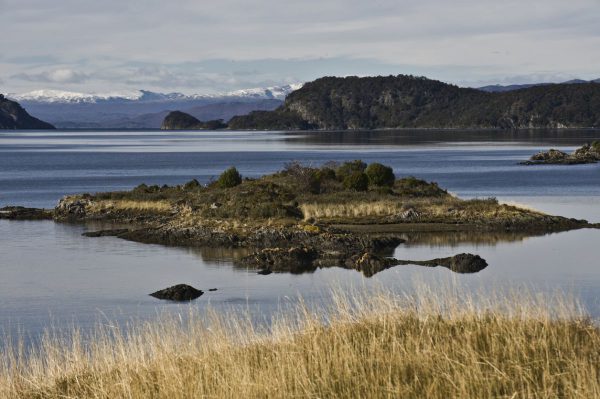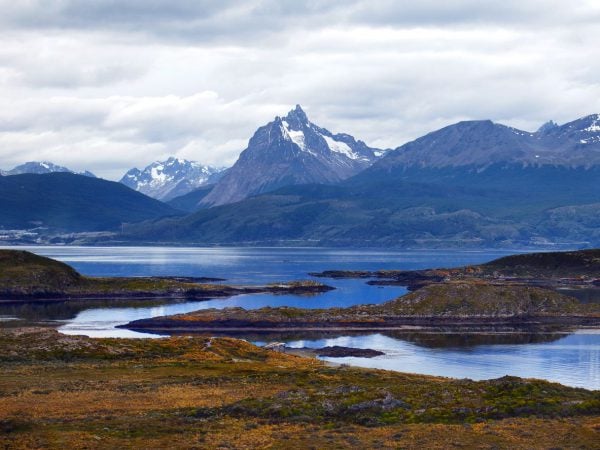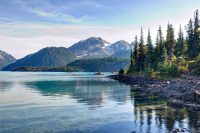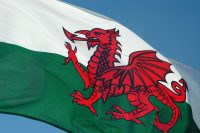Considered the world’s southernmost indigenous group, the Yaghan people once paddled through the remote, isolated channels of Tierra del Fuego in the very south of Patagonia. But the arrival of Europeans to South America saw a culture that had learned to survive in some of the most extreme conditions on the planet practically driven to extinction.
6,500 years ago
Anthropologists have uncovered evidence to prove that the ancestors of the Yaghan people were resident in the region of the Beagle Channel and the Tierra del Fuego archipelago up to 6,500 years ago. The oldest sites thought to have been inhabited by these indigenous people have been found near the Beagle Channel and Navarino Island, as well as Otway Sound and the Brunswick Peninsula.
 However, it is still unknown whether land-dwellers adapted to the conditions of Tierra del Fuego to become sea-going people or whether they were people who arrive in the region from other lands. Whatever the case, the people of Tierra del Fuego built canoes which allowed them to travel easily in the region and live off the oceans, consuming a diet rich in sea mammals, birds and fish.
However, it is still unknown whether land-dwellers adapted to the conditions of Tierra del Fuego to become sea-going people or whether they were people who arrive in the region from other lands. Whatever the case, the people of Tierra del Fuego built canoes which allowed them to travel easily in the region and live off the oceans, consuming a diet rich in sea mammals, birds and fish.
3,000-4,000 year ago
These sea-faring groups spread as far south as Cape Horn, where shell middens (piles of seashells and the remains of sea lions, whales and birds that were consumed by these people) give vital clues to the extent of their territory.
1624
The first interaction between the Yaghan people and European explorers took place in 1624 when Jacques L’Hermite, a French explorer, encountered a group of Yaghan on Hoste Island’s Hardy Peninsula in the far south of Chile.
1829-1832
There are few sightings of the Yaghan people until the British Admiralty funded expeditions of 1829 and 1832, with the two voyages of the HMS Beagle. The second navigation of the HMS Beagle had Charles Darwin on board, who wrote about his interactions and impressions of the Yaghan people.
1833
Four of the Yaghan are kidnapped by Robert FitzRoy, the captain of the HMS Beagle, who took them back to England, where they were educated and taught to speak English.
By returning them to Tierra del Fuego the following year, FitzRoy hoped to build a better relationship with the Yaghan people. However, his former captives quickly rejoined their companions and shed their European customs, clothing and language.
1841-1860
The Patagonian Missionary Society, founded in 1841 London by Allen Gardiner sought to evangelize the Yaghan and arrived in Tierra del Fuego in 1850. However, relations with the Yaghan were not successful and the conditions in which the missionaries found themselves so extreme that they soon all died of hunger.
 Another mission was later established on the Falkland Islands, with the aim to encourage Yaghan families to visit the mission and learn more about religion and English civilization. However, eight members of the mission were murdered by the Yaghan in Wulaia Bay in 1859.
Another mission was later established on the Falkland Islands, with the aim to encourage Yaghan families to visit the mission and learn more about religion and English civilization. However, eight members of the mission were murdered by the Yaghan in Wulaia Bay in 1859.
1869-1886
Pastor Waite Stirling took up the leadership of the mission and permanently settled in Tierra del Fuego where the Argentine city of Ushuaia is now located. He was far more successful in his efforts than his predecessors and remained there until 1886. During his time living among the Yaghan, he authored the first Yaghan-English dictionary.
In this period, epidemics of typhoid, measles and smallpox brought by the European settlers led to the deaths of around 90% of the Yaghan population, seeing numbers decline from an estimated 3,000 in the 1860s to just 200 at the turn of the 20th-century. The arrival of European sea lion hunters also caused a scarcity of food, further contributing to this rapid population decline.
20th-century
Some Yaghan left their nomadic way of life and settled in missions on the Falklands Islands, while many later moved to live in Villa Ukika near Puerto Williams.
The Yaghan people in Present day Tierra del Fuego
Cristina Calderón is the only full-blooded Yaghan to now exist although according to the 2002 census, around 1,600 Chileans still identify themselves as Yaghan.
No comments yet
There are no comments on this post yet.






Leave a comment